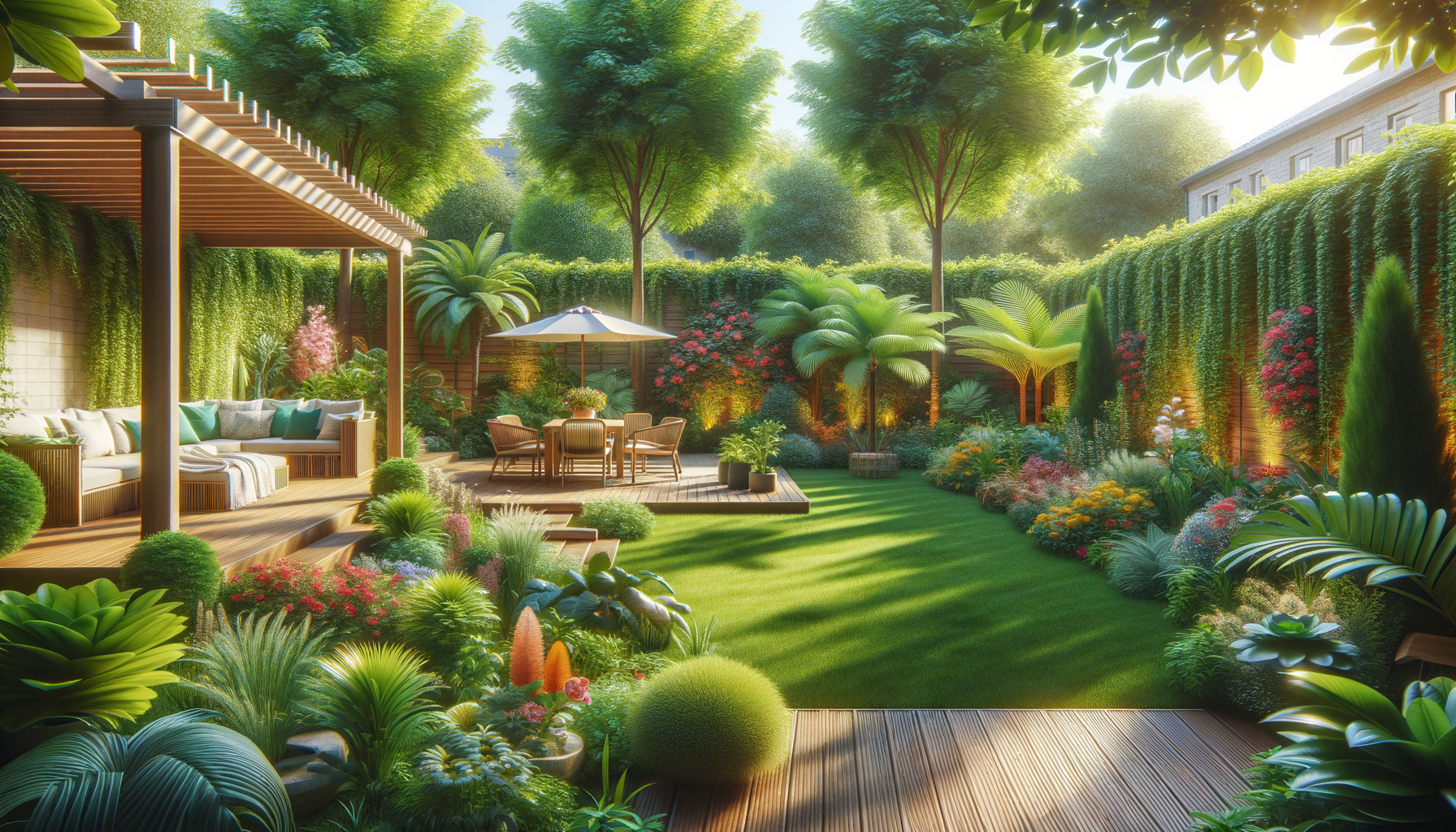
5 Plants People Are Talking About for Backyard Updates
The Rise of Native Plants in Backyards
In recent years, there has been a noticeable shift towards incorporating native plants into backyard landscapes. These plants, which are indigenous to a specific region, offer numerous benefits that make them a popular choice among gardeners and homeowners. By choosing native plants, individuals can create a sustainable and environmentally friendly garden that supports local biodiversity.
Native plants are adapted to the local climate and soil conditions, making them more resilient to pests and diseases. This reduces the need for chemical fertilizers and pesticides, promoting a healthier ecosystem. Additionally, native plants provide essential habitats for local wildlife, including birds, butterflies, and bees. This not only enhances the beauty of the garden but also supports pollinators crucial for food production.
Some popular native plants include coneflowers, black-eyed Susans, and milkweed. These plants are not only visually appealing but also attract beneficial insects that help control garden pests. By creating a garden that mimics the natural environment, homeowners can enjoy a low-maintenance landscape that thrives with minimal intervention.
Edible Landscaping: A Tasty Trend
Edible landscaping is a growing trend that combines the aesthetics of traditional landscaping with the practicality of growing food. This approach allows homeowners to transform their backyards into productive spaces that provide fresh fruits, vegetables, and herbs. By integrating edible plants into the landscape, individuals can enjoy the benefits of homegrown produce while maintaining an attractive garden.
One of the advantages of edible landscaping is the ability to grow a variety of plants that suit different tastes and culinary needs. Popular choices include tomatoes, peppers, basil, and strawberries. These plants can be easily incorporated into existing garden designs, adding color and texture while offering a bountiful harvest.
Edible landscaping also promotes sustainability by reducing the carbon footprint associated with transporting food. By growing produce at home, individuals can enjoy fresher, pesticide-free food and reduce their reliance on store-bought products. This not only benefits the environment but also supports a healthier lifestyle.
Vertical Gardens: Maximizing Space
As urban living spaces become increasingly compact, vertical gardens have emerged as a popular solution for maximizing limited backyard areas. These gardens utilize vertical structures, such as walls or trellises, to grow plants upwards rather than outwards. This innovative approach allows homeowners to cultivate a variety of plants in small spaces, making it ideal for urban environments.
Vertical gardens are versatile and can be customized to suit individual preferences and needs. They can be used to grow ornamental plants, herbs, or vegetables, providing a practical and visually appealing solution for small backyards. Additionally, vertical gardens can improve air quality by absorbing pollutants and releasing oxygen, creating a healthier outdoor environment.
Some popular choices for vertical gardens include climbing plants like ivy, jasmine, and cucumbers. These plants can be trained to grow along trellises or walls, creating a lush, green backdrop. By incorporating vertical gardens into their backyards, homeowners can enjoy the benefits of gardening without sacrificing space.
Low-Maintenance Perennials: Beauty with Ease
For those seeking a beautiful garden with minimal upkeep, low-maintenance perennials are an excellent choice. These plants return year after year, requiring little attention once established. By selecting perennials that are well-suited to the local climate, homeowners can enjoy a vibrant garden with reduced effort.
Low-maintenance perennials are ideal for busy individuals who want to enjoy the beauty of nature without the time commitment of traditional gardening. These plants are drought-tolerant, pest-resistant, and require minimal pruning, making them a practical option for any backyard.
Popular low-maintenance perennials include daylilies, hostas, and lavender. These plants offer a range of colors and textures, creating a dynamic and visually appealing garden. By choosing perennials that thrive in local conditions, homeowners can create a sustainable landscape that provides year-round interest.
Incorporating Water Features with Aquatic Plants
Water features, such as ponds or fountains, can enhance the tranquility and aesthetic appeal of any backyard. By incorporating aquatic plants into these features, homeowners can create a serene oasis that supports local wildlife and promotes relaxation.
Aquatic plants, such as water lilies, lotus, and cattails, add beauty and interest to water features while providing essential habitats for fish and amphibians. These plants also help maintain water quality by absorbing excess nutrients and providing oxygen, creating a balanced ecosystem.
In addition to their ecological benefits, water features with aquatic plants offer a calming retreat for homeowners. The sound of flowing water and the sight of vibrant plants create a peaceful environment that encourages relaxation and mindfulness. By incorporating water features into their backyards, individuals can enjoy the soothing effects of nature from the comfort of their own homes.